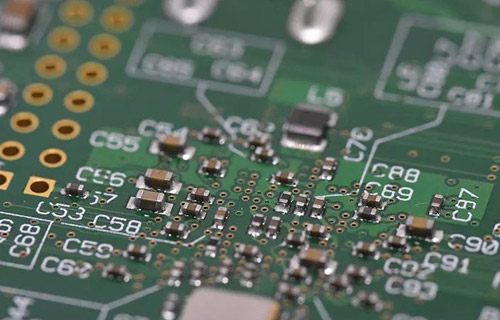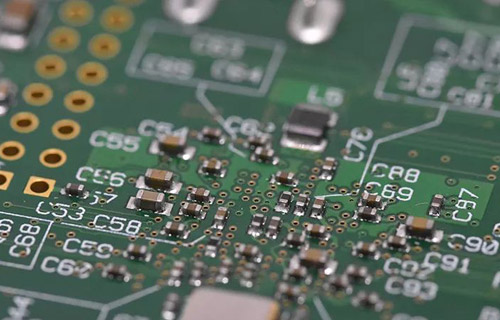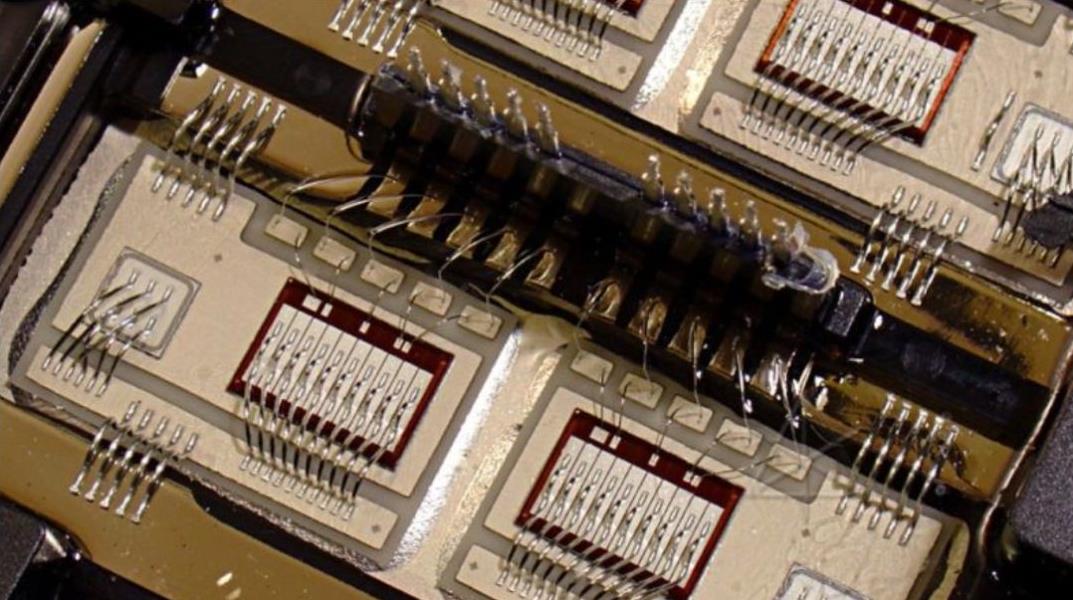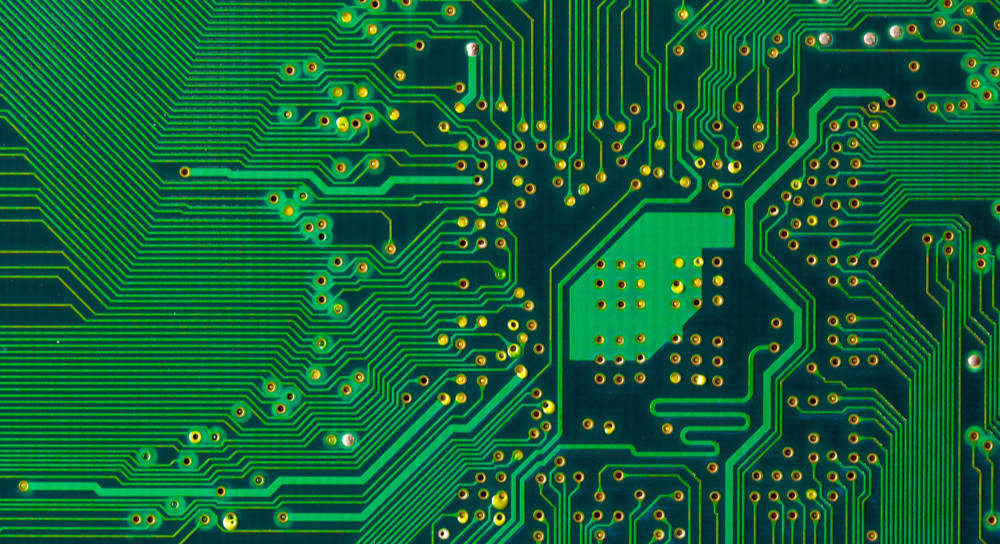
Causes and Solutions of PCB Welding Defects
The development of electronic technology Reviewing the industry process of PCB in recent years, we can notice an obvious trend, that is, reflow soldering technology In principle, traditional solder pieces can also be reflowed, which is usually called through hole reflow The advantage is that all welding points can be completed at the same time, and the production cost is minimized However, the application of reflow soldering is limited by temperature sensitive elements, whether it is a solder or an SMD Then people turned their attention to selective welding In most applications, selective soldering can be used after reflow soldering This will be an economical and effective way to weld the remaining inserts and will be fully compatible with future lead-free soldering
PCB board

Process characteristics of selective soldering
The process characteristics of selective soldering can be understood by comparison with wave soldering. The obvious difference between the two is wave soldering. The lower part of the printed circuit board is completely immersed in the liquid solder. During selective soldering, only some specific areas are in contact with the welding wave Because the printed circuit board itself is a poor heat transfer medium, the solder joints of adjacent components and PCB areas will not be heated and melted during welding The flux must also be pre coated before welding Unlike wave soldering, the flux is only applied to the lower part of the PCB to be soldered, not the entire PCB In addition, selective welding is only applicable to the welding of plug-in components Selective welding is a new method. Thorough understanding of selective welding process and equipment is a necessary condition for successful welding
The process of selective soldering
Typical selected soldering processes include: flux spraying, PCB preheating, dip soldering and drag soldering
Flux coating process
Flux coating plays an important role in selective welding During welding heat and at the end of welding, the flux shall have sufficient activity to prevent bridging and PCB oxidation Flux spraying The X/Y manipulator passes the PCB through the flux nozzle, and then sprays the flux onto the PCB to be welded The flux has single nozzle spray, micro hole spray and synchronous multi-point/pattern spray In the selection of microwave peak value after reflow, it is important to spray flux accurately Microjet will not contaminate areas outside the solder joint The diameter of the micro spray flux dot pattern is greater than 2mm, and the position accuracy of the flux deposited on the PCB is ± 0.5mm to ensure that the flux always covers the welding part The tolerance of spraying flux shall be provided by the supplier. The technical specification shall specify the use of flux. Generally, 100% safety tolerance is recommended
preheating process
The main purpose of preheating in a selective soldering process is not to reduce thermal stress During welding, the influence of heat brought by preheating on welding quality is not a key factor The thickness of PCB data, equipment package specification and flux type determine the preheating temperature setting In selective soldering, there are different theoretical explanations for preheating: some process engineers believe that PCB should be preheated before flux spraying; Another point of view is to weld directly without preheating Users can arrange the process flow of selective welding according to specific conditions
welding process
There are two different processes for selective soldering: drag soldering and dip soldering. The selective drag welding process is completed on a single small tip welding wave Drag welding process is suitable for welding in very narrow space on PCB For example, for a single solder joint or pin, you can drag a single line of contacts The welding quality achieved by PCB moving on the solder wave at the solder tip at different speeds and angles To ensure the stability of the welding process, the inner diameter of the welding head is less than 6mm After determining the flow direction of the solder solution, the nozzle is installed and optimized in different directions to meet different welding requirements The manipulator can approach the welding wave from different directions, that is, the angle between 0 ° and 12 ° is different. After all, users can weld various devices on electronic components For most equipment, the recommended tilt angle is 10 ° Compared with the immersion welding process, the solder solution and PCB board in the drag welding process make the heat conversion efficiency in the welding process better than that in the immersion welding process However, the heat required to form the solder joint is transferred through the welding wave, but the quality of the welding wave of a single solder joint is very small, only the temperature of the welding wave is relatively high, which can meet the requirements of the drag welding process Example: The solder temperature is 275 ½ three hundred , The drag speed is 10mm/s è ½ 25mm/s is generally acceptable Nitrogen is provided in the welding area to prevent oxidation of the welding wave Welding wave eliminates oxidation, and resistance welding process avoids bridging defects This advantage improves the stability and reliability of resistance welding process
The machine is characterized by high accuracy and high flexibility The modular structure design system can be completely customized according to the special production requirements of customers, and can be upgraded to meet the needs of future production development The moving radius of the robot can cover the flux nozzle, preheating and solder nozzle, and the same equipment can complete different welding processes The machine specific synchronization process can greatly shorten the board processing cycle The ability of the manipulator makes this selective welding have the characteristics of high precision and high quality welding The first is the highly stable positioning capability of the manipulator (± 0.05mm), which ensures that the parameters generated by each board are highly repeatable and consistent; The second is the 5-dimensional motion of the manipulator, which enables PCB to contact the tin surface at any optimized angle and direction to obtain welding quality The tin wave high contact pin installed on the manipulator clamping plate device is made of titanium alloy Under the program control, tin wave height can be measured regularly. The tin wave height can be controlled by adjusting the speed of the tin pump to ensure the stability of the process Despite the above advantages, the single nozzle wave resistance welding process also has disadvantages: in the three processes of flux spraying, the welding time is long, preheating and welding As the solder joints are dragged one by one, the welding time will increase significantly with the increase of the number of solder joints, and the welding efficiency cannot be compared with the traditional wave soldering process However, the situation is changing. Multi tip design can maximize the throughput For example, using double solder nozzles can double the output, and the flow can also be designed as double nozzles
The immersion selective welding system has multiple solder nozzles, which are designed one-to-one with the PCB to be welded Although the flexibility is not as good as the robot type, its output is equivalent to the traditional wave soldering equipment, and the equipment cost is lower than the robot type Depending on the size of PCB, it is possible to transmit single board or multiple boards in parallel. All points to be welded will be welded and preheated and welded in parallel However, due to the different distribution of solder joints on different PCBs, special solder nozzles need to be made for different PCBs The size of the welding head shall be as large as possible to ensure the stability of the welding process without affecting the adjacent equipment on the PCB This is both important and difficult for the design engineer because the stability of the process may depend on it Using the immersion selective welding process, 0 solder joints can be welded from 7 mm to 10 mm The welding process of short lead wire and small size pad is more stable, and the possibility of bridging is very small The distance between adjacent solder joint edges, devices and solder joints shall be greater than 5mm PCB







